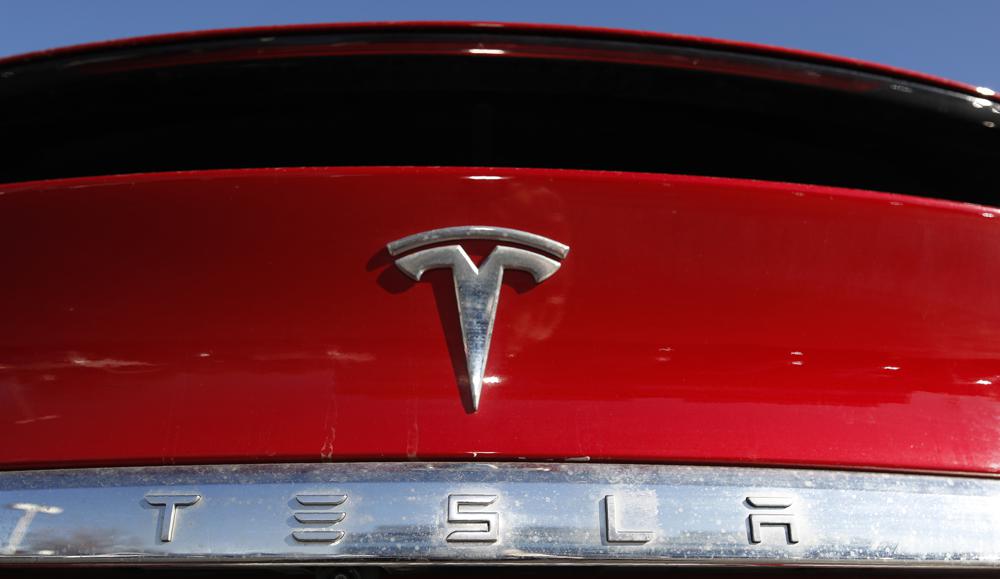Over the holidays I did a fair bit of driving, including the abject drudgery of navigating Route 95 between Richmond and Washington, D.C. in both directions. At one point, it took two hours to advance just 40 miles. All of this time on the highway gave me ample opportunity to find things that annoyed me. Let me share one with you. Every time I drove past an electric vehicle sporting a “No Emissions” bumper sticker, I wanted to stop and give the driver a science lesson. Since that was difficult to do while rolling (or crawling) down the highway, let me share the lesson with you.
In a strictly limited sense, the statement on the bumper stickers was true; no emissions were emanating from the cars. In a broader context, the claim is rather silly. Before we review the data, let’s walk through the logic.
What makes gasoline such an attractive fuel is its high energy content. Consider that it requires only one gallon of gasoline to propel a massive metal box filled with people and luggage for 20 to 40 miles. Unfortunately, burning gasoline in your engine, in addition to generating the power needed to drive, emits carbon dioxide, the primary driver of global warming. Therefore, care manufacturers have developed electric cars, which do not run on gasoline.
The reason that electric cars are not really emissions free is that making electricity is not an emissions-free process. The current breakdown of electricity production in the U.S. is:
- Coal 40%
- Natural Gas 27%
- Nuclear 19%
- Hydropower 7%
- Renewables 7%
Burning coal or natural gas to make electricity – 67% of the supply – emits carbon dioxide. Therefore, all cars generate carbon dioxide emissions, gasoline-powered cars out of their tail pipes and electric cars from the smoke stacks of electric power plants.
Now let’s get to the numbers. Given the current state of electricity production in the United States, an electric car like a Tesla or a Nissan Leaf generates 200 grams of carbon dioxide emissions per kilometer driven. The average gasoline-powered car in the United States emits approximately 300 grams of carbon dioxide per kilometer driven. Therefore, the electric cars do reduce emission by one-third, an impressive amount, but apparently not impressive enough to warrant a bumper sticker.
But what if you are not driving the average car? The average car in the United States has a fuel efficiency of approximately 25 miles per gallon. If you have a smaller car with a fuel efficiency of 35 MPG, then your carbon dioxide emissions drop to 220 grams per kilometer driven. Furthermore, if you drive a Toyota Prius at 50 MPG, then your emissions are only 150 grams of carbon dioxide per kilometer driven, which is less than that for an electric car.
To close, this column is intended as an indictment of the bumper stickers rather than the cars themselves. As electric car technologies continue to improve, the amount of secondary emissions from power plants will decline. Electric car-related emissions will also drop if we produce a larger percentage of our electricity from solar and wind power. Unfortunately, that process will be rather slow.
Have a comment or question? Use the interface below or send me an email to commonscience@chapelboro.com. Think that this column includes important points that others should consider? Share this column on Facebook or Twitter. Want more Common Science? Follow me on Twitter at @Commonscience.





Comments on Chapelboro are moderated according to our Community Guidelines